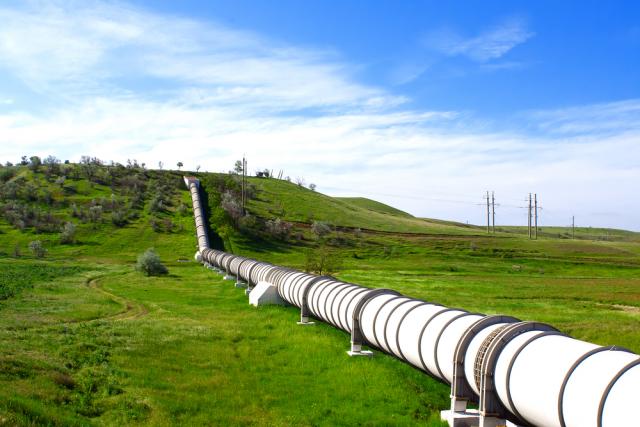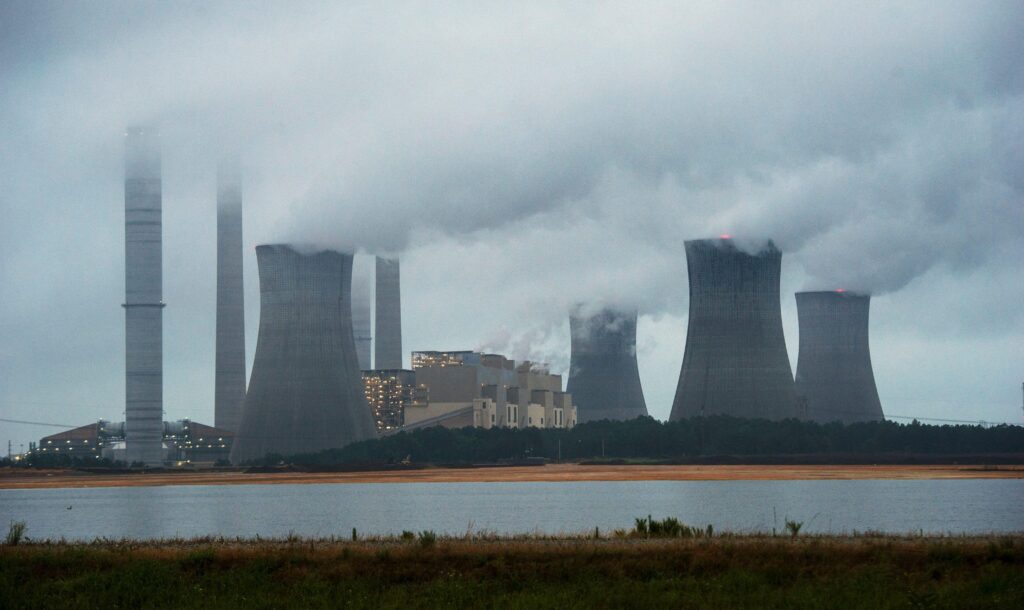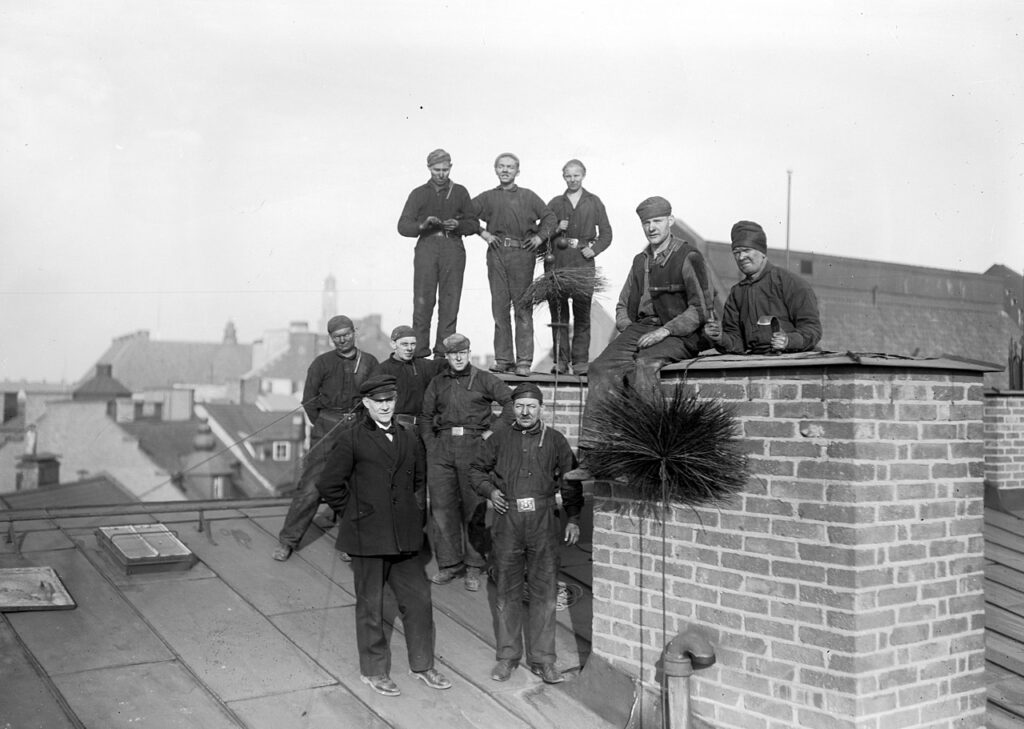The controversy over TransCanada‘s Keystone XL pipeline has raged on for years now, with no end in sight.
The Keystone XL pipeline would carry tar sands crude from the tar sands epicenter of the world in Alberta, Canada, take it down to Cushing, OK, and then eventually down to Port Arthur, TX, where it will be refined and placed on the lucrative oil export market.
While Republicans continue to try to make Keystone XL a campaign issue, President Obama has officially put the fate of the pipeline on the backburner until after the November 2012 U.S. elections.
But this has not stopped other key pipelines and pipeline extensions from being built “in the meantime, in between time,” as the song lyrics made famous by the classic novel, The Great Gatsby, go.
Most recently in the limelight: Obama’s late-March approval of the TransCanada Cushing Extension, which extends from Cushing, OK – the self-proclaimed “pipeline crossroads of the world” – to Port Arthur, TX, where oil would be placed on the global export market.
Now, another key pipeline proposal is in the works, one that would move unconventional oil and gas obtained via the problematic hydraulic fracturing (“fracking”) process in North Dakota’s Bakken Shale basin southward to Cushing, where it would then be moved to Port Arthur and also placed on the global export market. Another portion of that pipeline would move the oil and gas westward toward Coos Bay, Oregon, where it would also be exported to the highest bidder.
A review, then, is in order.
Enter the Bakken Crude Express Pipeline
On April 11, Wyoming’s Casper Star-Tribune reported “A natural gas company wants to build a 1,300-mile pipeline to carry crude oil from North Dakota through easternmost Wyoming on its way to the nation’s biggest storage terminal in central Oklahoma (Cushing).” The deal will cost somewhere between $1.5-1.8 billion, according to the Associated Press.
The company and name of the pipeline? Oneok Partners LP‘s Bakken Crude Express Pipeline. The pipeline essentially performs the same function TransCanada’s proposed but not yet approved portion of the TransCanada Keystone XL pipeline, known in the business world as the Bakken Marketlink Project.
Oneok hopes the pipeline is in place and pumping out 200,000 barrels of oil per day “from the heart of North Dakota’s rich oil patch to the hub in Cushing, Okla” by 2015.
Opal, Wyoming: Where the Bakken Shale and Niobrara Shale Converge
The Bakken Crude Express isn’t the only one in play in this deal.
Oneock’s Bakken Pipeline, as well as Williams Company’s and Oneock’s Overland Pass Pipeline – which both co-own on a 50-50 joint venture basis – are also part of this deal and are all key pieces of the oil and gas industry’s big-picture pipeline infrastructure puzzle.
The Bakken Pipeline will pump the oil and gas fracked from the Bakken and carry it southward to the meeting point of the Bakken Pipeline and the Overland Pass Pipeline. Some of that oil will continue moving southward toward Cushing, while some of it will divert westward to the city of Opal, Wyoming, another key pipeline fork in the road.
Oil and gas piped further southward toward Cushing will now be part of Oneock’s Bakken Crude Express. Oil and gas being piped westward toward Opal will connect with the Ruby Pipeline, which carries gas fracked in the Niobrara Shale westward to Malin, Oregon. From Malin, the oil and gas will continue its westward voyage to the city of Coos Bay, Oregon, via the Pacific Connector Pipeline, where it will end up at the Jordan Cove LNG export terminal and placed on the Asian gas export market.
If all of these pipelines are approved, one would see oil and gas liquids fracked in the Bakken and Niobrara Shale basins both placed on the global export market, the former in the Asian and European export markets, the latter exclusively on the Asian export market.
What do American citizens get out of the deal? Higher home heating prices and all the pollution problems associated with the extraction and transportation of these dirty fossil fuels. Meanwhile, the oil and gas industry gets what it wants – higher profits from overseas buyers. So much for the gas industry talking point that “natural gas promises more affordable energy for Americans.”
The Alternative: Flaring?
Close observers of the North American oil and gas industry know that the Bakken has been the home of vast amounts of gas flaring, a process recently condemned by the Coalition for Environmentally Responsible Economy (CERES) and written about by DeSmogBlog.
As of right now, according to an important September 2011 New York Times report, roughly 30-percent of the gas currently fracked in the Bakken is flared because pipeline infrastructure is lacking.
Flaring – as noted by a startling 2004 Friends of the Earth UK (FOE UK) briefing – creates horrific climate and ecological damage.
The flares also contain widely-recognised toxins, such as benzene, which pollute the air. Local people complain of respiratory problems such as asthma and bronchitis. According to the US government, the flares contribute to acid rain and villagers complain of the rain corroding their buildings. The particles from the flares fill the air, covering everything with a fine layer of soot.
Local people also complain about the roaring noise and the intense heat from the flares. They live and work alongside the flares with no protection.
Bearing that in mind, it is important to dig to the root of the problem: extreme oil and gas extraction methods, such as fracking and tar sands development, and not what DeSmogBlog has referred to as playing the game of “pipeline whack-a-mole.”
To repeat what we wrote then, as it is the same game, merely different pipelines:
Basically, we’re grasping for leftovers from the original fossil fuel frenzy, and still ignoring the fact that we’re not only running out, we’re also cooking the atmosphere with global warming pollution in the process.
Alas, until we awaken from this delusion, it’s still damned if we do, damned if we don’t.
Some day maybe we’ll pursue a real clean energy future. Until then, it’s ‘pipe dreams’ for the foreseeable future.
Image credit: Denys Prykhodov | Shutterstock
Subscribe to our newsletter
Stay up to date with DeSmog news and alerts







